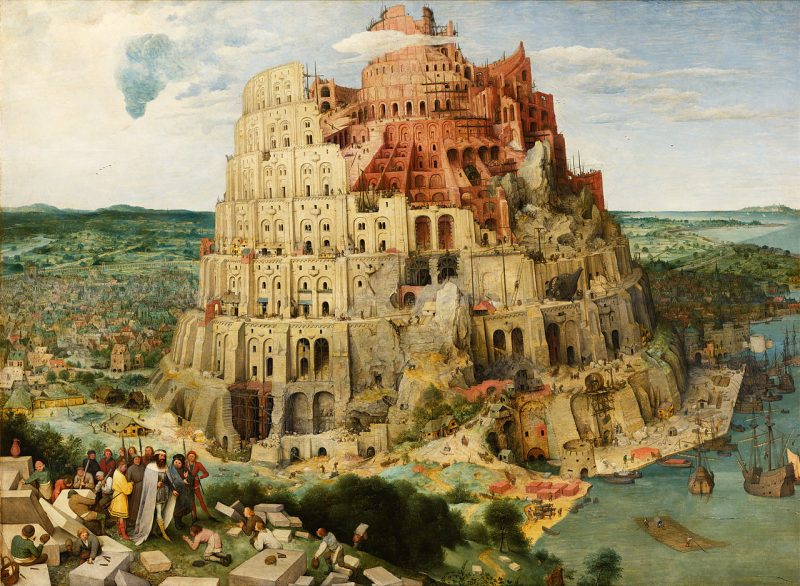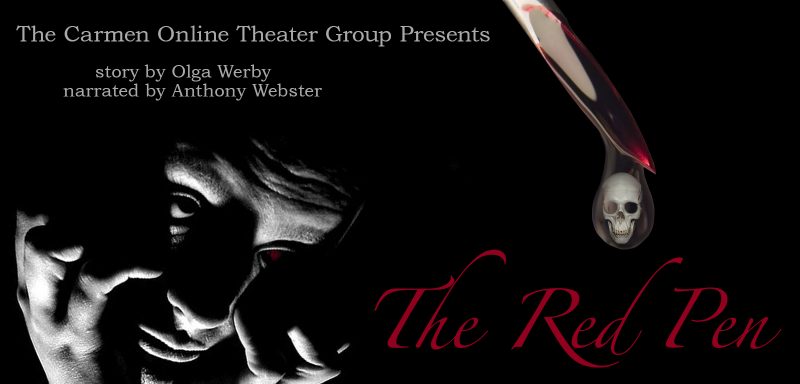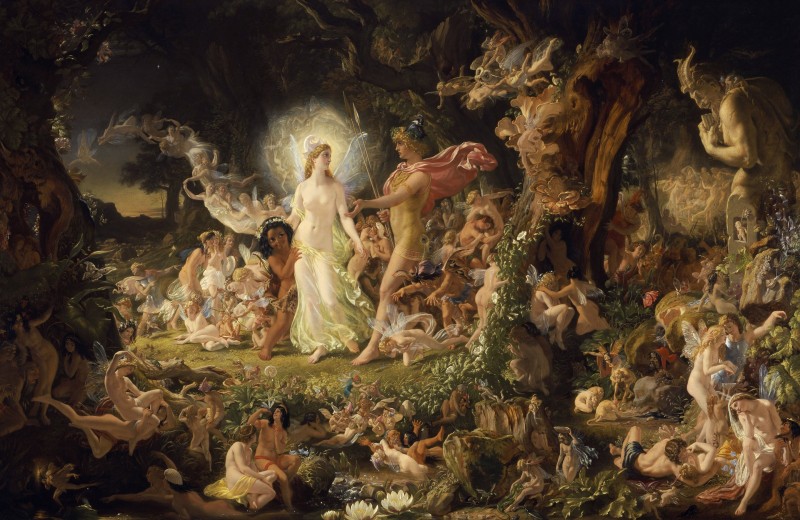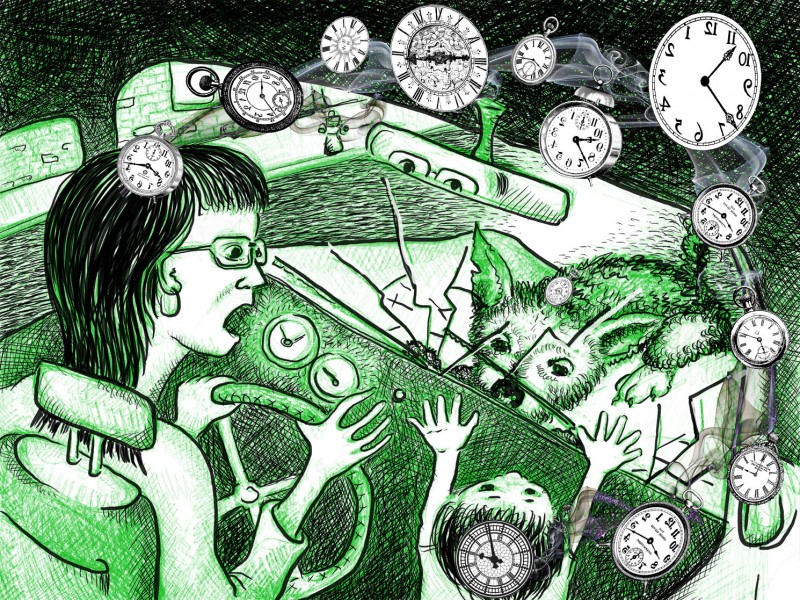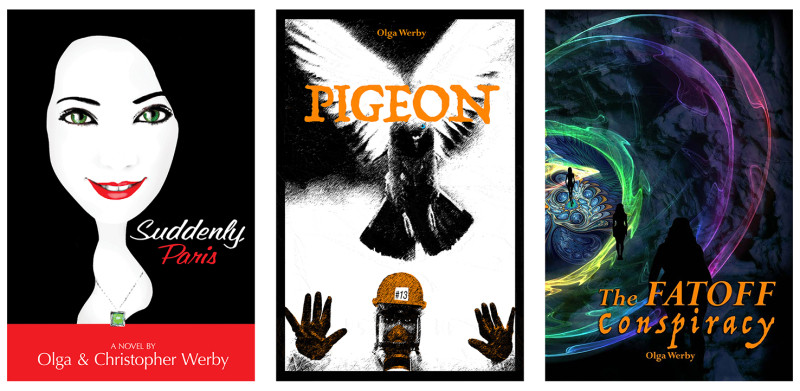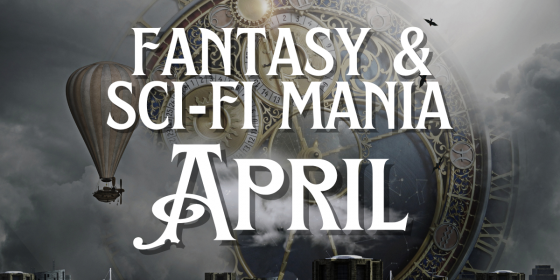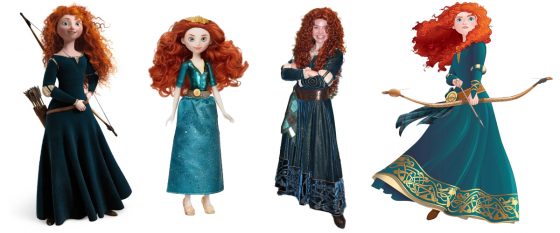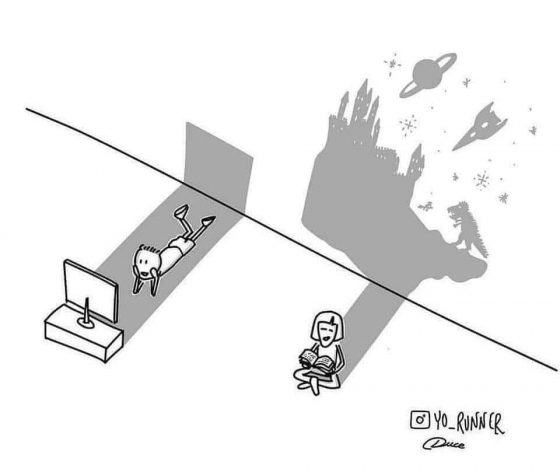
For many many years, I’ve been a sales associate at Amazon. I’ve started just as they’ve started, when selling books over the Internet was a novel and cool thing. I haven’t written back then (but soon after). And for as many years, Amazon has been trying to get me to promote things. But that’s just not what I do — I’m not interested in selling home products or pushing beauty items. In decades of being an associate, I’ve never made a dime, but I hope that some of my readers got discounts of books I’ve recommended over the years. This month, Amazon tried to reach out again by giving me a list of 200,000 products to choose from. And less than 0.5% of those were books. And of those, a smidgen of a percentage were books that I actually own and love, have bought over and over again (I have multiple copies of many of these; but I’m not a hoarder), my kids and friends have read, I’ve recommended and for which I wrote reviews. So, Amazon finally figured me out — it gave me an opportunity to share books with my readers that I endorse at a discount. So…
Read more →


